Yes, I agree with your statement that accounting information should be comparable. Comparability is one of the qualitative characteristics of accounting information. It means that users should be able to compare a company's financial statements across time and across other companies. Comparability oRead more
Yes, I agree with your statement that accounting information should be comparable.
Comparability is one of the qualitative characteristics of accounting information. It means that users should be able to compare a company’s financial statements across time and across other companies.
Comparability of financial statements is crucial due to the following reasons:
1. Intra-Firm Comparison:
Comparison of financial statements of two or more periods of the same firm is known as an intra-firm comparison.
Comparability of accounting information enables the users to analyze the financial statements of a business over a period of time. It helps them to monitor whether the firm’s financial performance has improved over time.
The intra-firm analysis is also known as Time Series Analysis or Trend Analysis.
To understand intra-firm analysis, I have provided an extract of the balance sheet of ABC Ltd. for two accounting periods.
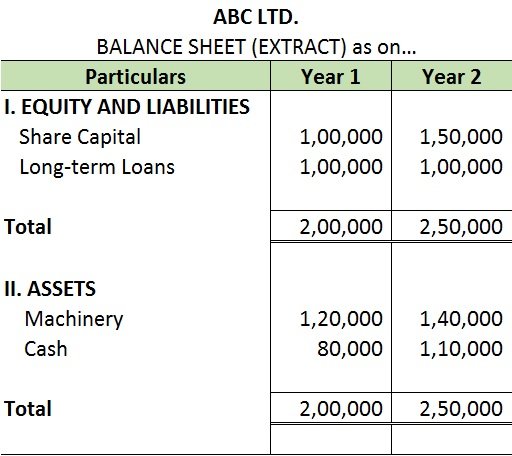
2. Inter-Firm Comparison:
Comparison of financial statements of two or more firms is known as an inter-firm comparison.
Inter-firm comparison helps in analyzing the financial performance of two or more competing firms in an industry. It enables the firm to know its position in the market in comparison to its competitors.
Inter-firm comparison is also known as Cross-sectional Analysis.
I’ve provided the balance sheets of Co. A and Co.B to make an inter-firm comparison.
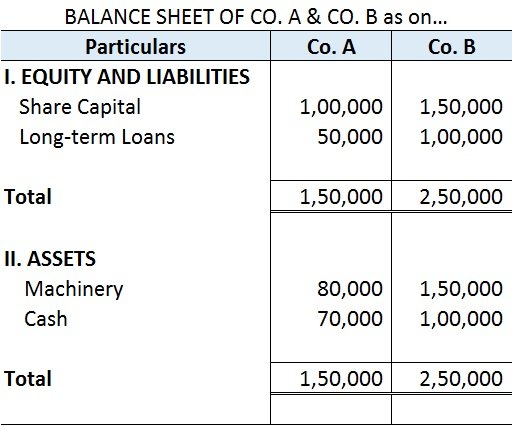
Here is a piece of bonus information for you,
Sector Analysis – it refers to the assessment of economical and financial conditions of a given sector of a company/industry/economy. It involves the analysis of the size, demographic, pricing, competitive, and other economic dimensions of a sector of the company/industry/economy.
One more important thing to note here is that comparability can only be achieved when the firms are consistent in the accounting principles and standards they adopt. The accounting policies and standards must be consistent across different periods of the same firm and across different firms in an industry.
See less
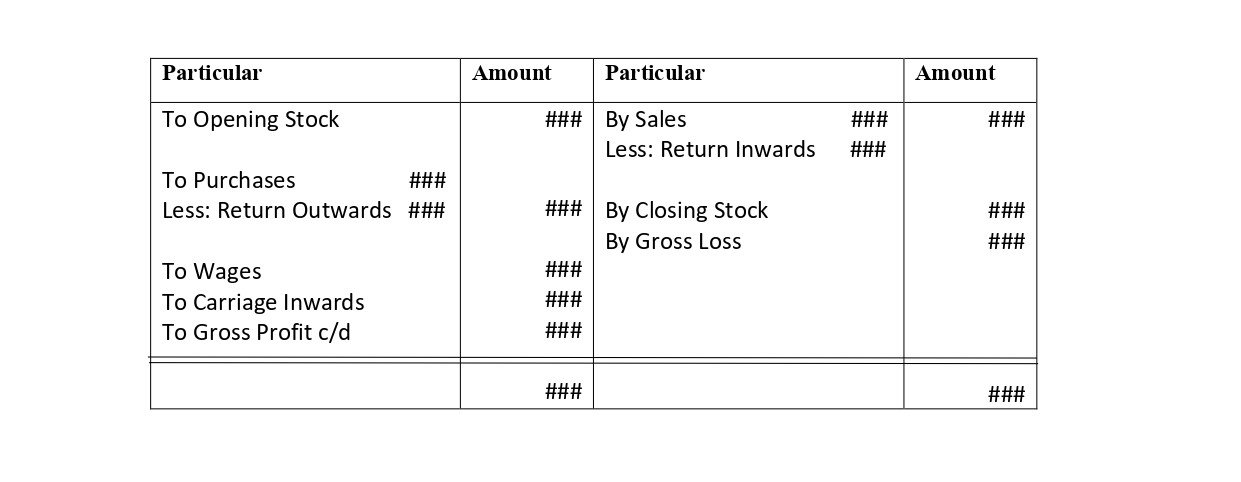


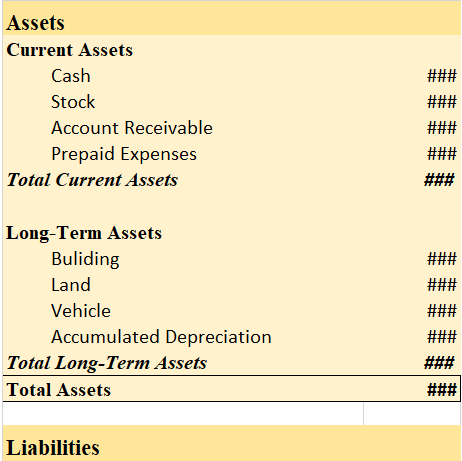



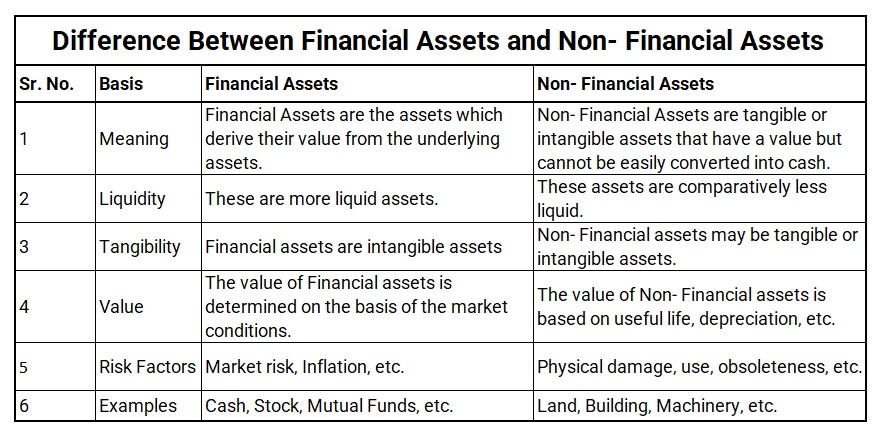
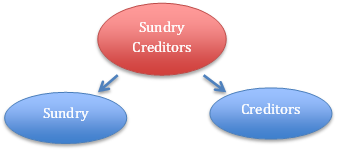

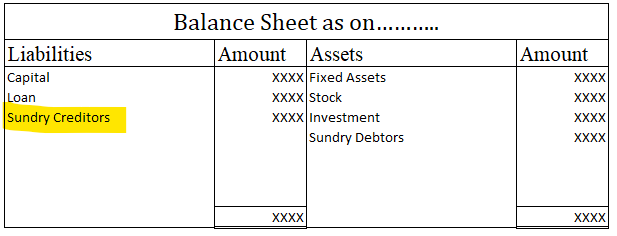
Retained earnings are kept with the company for growth instead of distributing dividends to the shareholders. Therefore the cost of retained earnings refers to its opportunity cost which is the cost of foregoing dividends by the shareholders. Therefore the cost of retained earnings is similar to theRead more
Retained earnings are kept with the company for growth instead of distributing dividends to the shareholders. Therefore the cost of retained earnings refers to its opportunity cost which is the cost of foregoing dividends by the shareholders.
Therefore the cost of retained earnings is similar to the cost of equity without tax and flotation cost. Hence, it can be calculated as
Kr = Ke (1 – t) (1 – f),
Kr = Cost of retained earnings
Ke = Cost of equity
t = tax rate
f = flotation cost
Here, flotation cost means the cost of issuing shares.
EXAMPLE
If cost of equity of a company was 10%, tax rate was 30% and flotation cost was 5%, then
cost of retained earnings = 10% x (1 – 0.30)(1 – 0.05) = 6.65%.
From the above example and formula, it is clear that the cost of retained earnings would always be less than or equal to the cost of equity since retained earnings do not involve flotation costs or tax.
A company usually acquires funds from various sources of finance rather than a single source. Therefore the cost of capital of the company will be the weighted average cost of capital (WACC) of each individual source of finance. The cost of retained earnings is thus an important factor in calculating the overall cost of capital.
Another important factor of WACC is the cost of equity. The cost of equity is sometimes interchanged with the cost of retained earnings. However, they are not the same.
See less